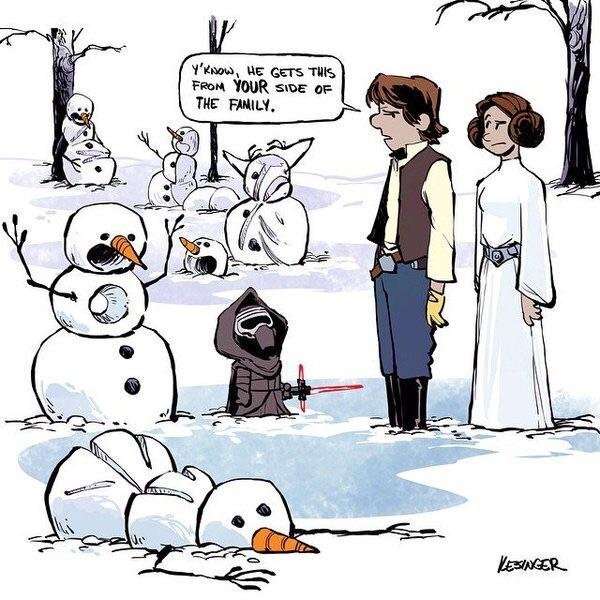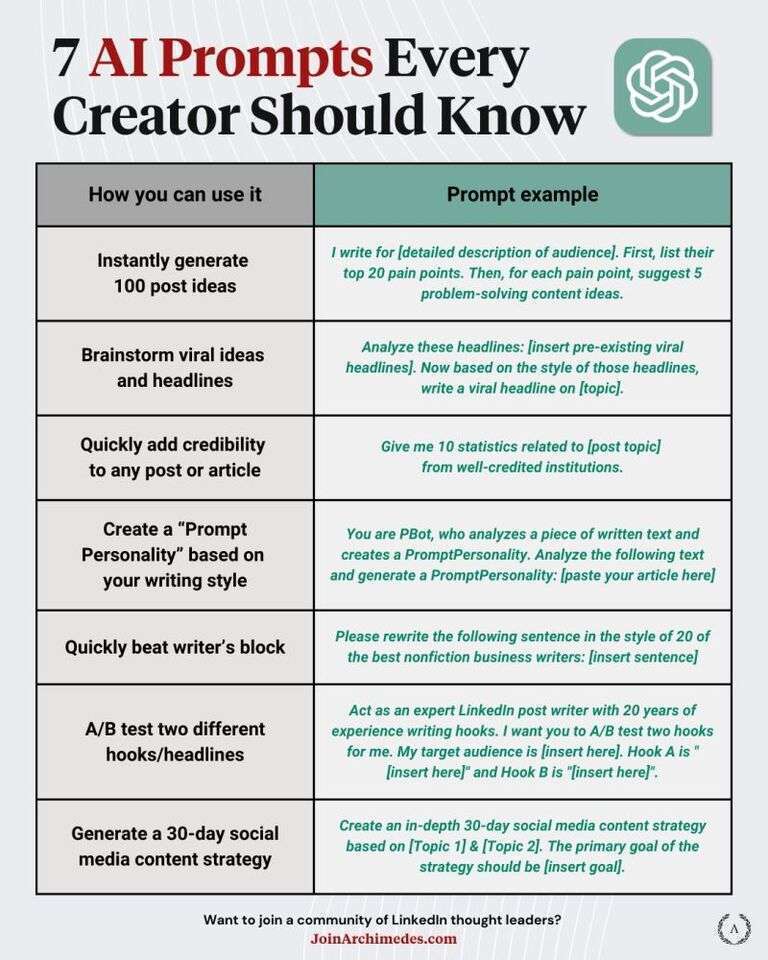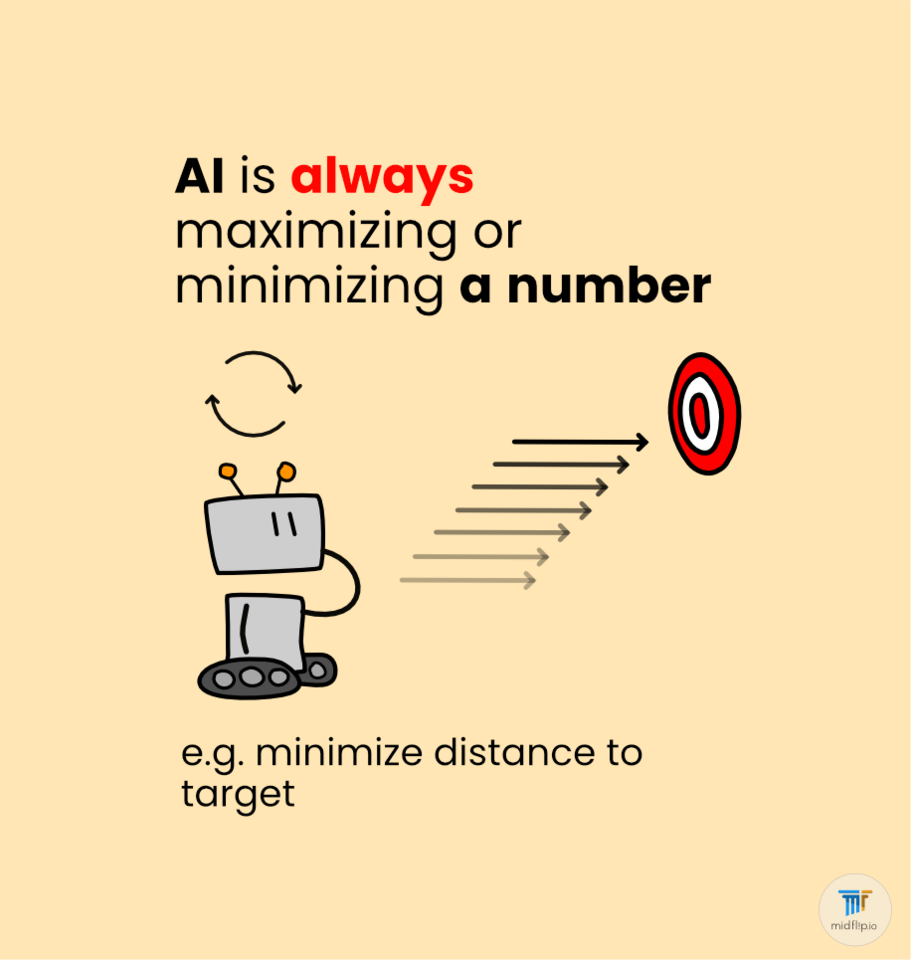When I was a teenager, I had a funny thought: I could learn about learning.
If I learned about learning, I would hit an exponential improvement curve. I could learn faster and more effectively. I could outpace everyone!
I set my reading list to learn about learning. I jumped into neuroscience! …And hated it. Too complex, too detailed, too low down… I like big pictures.
I jumped into psychology, cognitive science and linguistics. These were much more my speed. I could deal with these books. My mind was full of memorization techniques, the power of metaphors, and visualizations.
I went into university with a few tricks that certainly helped a lot.
Tips N Tricks
Get curious. Curiously asking questions ahead of learning will drastically improve recall.
Spaced practice tests. Nothing helps you learn better than actually forcing your brain to use the information. Spacing out these practice tests i.e. not cramming.
Don’t take notes during class. The argument goes that your brain will remember better if it does not have a crutch. When you make notes, the brain tends to remember how to access the information rather than the information itself. You can always take notes from your textbook later if need be. (You may reasonably disagree with this point.
Hell, I even had a different flavor gum for different subjects. I would study with that gum and would go into tests chewing that gum. Currently I think this idea was a mistake. You are better off learning in a varied learning environment so that the ideas are not too contextual. Mint gum should probably not trigger thoughts on calculus.
These tricks are great and all, but they did not scratch my itch. I had become interested in learning, and I felt something was missing. I wanted a model that could describe learning directly. I felt as if there was a language just underneath the surface that was missing.
It was not until I entered my data science master's degree that I finally found some of the answers I was looking for. Amongst the icky detail, data science, provided the final puzzle pieces. Now I had a big picture, general model about learning.
Here I’m going to present this learning model. Not in an academically rigorous fashion, but as a simple framework that I would have loved in my teenager years.
Relationships between representations.
Intelligence is about representing real world phenomena as mental models. We do this because these mental models can help us make better future decisions or behaviors.
We make mental models by first selectively building pattern on pattern to find useful representations. In the below picture, we see lines building in combination to create curves, building in combination to create a representation of an eye.
This process is selective because the vast majority of patterns are not useful. Only some patterns put in specific relation with other patterns are useful to recognize and represent.
This happens at multiple abstraction “levels”. So, while at one level it may be about how different curves in a certain relationship allows you to recognize a circle. At a different level, it may be about how the eyes, ears, nose, and mouth representations in a certain relationship allows you to recognize a face.
Now we could dive into neurons and how they represent these various representations. But let's not get stuck in the weeds. Here we are going to stay at a high level.
Connections and dividing lines towards learning
For the next section, I am going to teach you something.
As you learn, we will discuss the learning process and what is happening within your head. Not at the annoying detailed level of neurons, but at the level of representations.
First here is a picture. You may recognize it because of some broad recognizable features. The lines depicting Australia, Asia, India, etc. These build up to patterns you already know. These shapes in green encapsulated within a blue sphere help you (hopefully) recognize the earth.
In your head you already have a mental model of the earth. This mental model gets triggered when you are in a situation where you use it. At all other times, say when you are brushing your teeth, you have no need to be using this mental model, and so it and its recognizable parts lie dormant. In your head, you likely have many, many mental models, all which get triggered in certain contextual situations.
Consider this specialization in time. You at a certain moment are specialized to best act in that moment. This is done by activating the most useful mental models at the right time.
If you want to learn something, you need to put yourself in contextual situations where you valuably access the mental model. This is why taking practice tests is such a valuable exercise. You are placing yourself in a situation where the mental model is usefully accessed.
Alright back to our earth mental model. Let's draw some dividing lines.
These dividing lines represent divisions through our earth model. Because the earth is a spatial model, these divisions create spatial regions. If we were talking about a song, and we divided up the song, then those divisions would be temporal.
The dividing lines and the spatial regions mean little by themselves. They are not connected to anything.
So, let's give them meaning. These spatial regions depict which organism forms the basis of the food web within marine ecosystems. “The primary producers” which store energy from the sun. At the poles, we find phytoplankton. In the temperate regions, we find kelp forests. And at the equator, we find coral reefs.
Now noticed what happened just there. We just introduced another mental model: the marine Foodweb. This mental model is situational as well. You were not thinking about the food web until the situation called for it.
Now we have connected these two models which are normally contextually separate. The spatial regions on our earth model were connected to a changing dimension on the “marine food-web model”. Depending on which spatial region you were in, you would find a different primary producer. We proposed a connection between spatial location on one model and primary producer on another.
This is generally how learning works. We take two mental models you know and then connect them through some connection or relationship. In so doing we are building up both models’ complexity, specificity, and hopefully usefulness.
However, our brains don’t like adding in any old connection. We like to know why! Without a why our brains have a harder time learning.
So why does the primary producer change according to spatial location on earth? Take a minute and try and figure it out.
Regardless of whether you get it correct or not, attempting to answer the question is important. Looking for an answer, without knowing the answer, is a signal to the brain that this is information worth remembering. So always try to curiously ask ahead if you wish to improve learning.
If you answered: temperature, good job! At different temperature waters, different primary producers have a competitive edge.
Although a more precise answer also includes a model of how colder waters tend to have more nutrients. Ahh but see this is the trick. We can always create a more precise and specific understanding by continually refining our model. We can forever, keep adding relationships between representations that affect the model (i.e. nutrients, sea floor condition, local predators etc.). This will however run into diminishing returns.
A tower of representations.
All representations and understandings within your head are rooted in real life experience. Everything you know is derived from experiences in your real life.
In the cognitive sciences they have an interesting way of showing this. You can study metaphors around abstract concepts. For example, many people would describe love as warm and encompassing. This is rooted in experience. For example, you as a child being hugged by your mother. The experiences you went through help contextualize and define the abstract concept. In this case: Love. This is called embodiment. It is the idea that everything in our heads, all our mental models have been derived through bodily experience.
Earlier we took two known models: the earth, and the marine food web. You knew these models via hundreds of bodily experiences at school, with a global, at the aquarium, etc. Because you already understood those two models we were able to create new knowledge rather easily. But what if, what we are trying to learn is utterly new and weird?
Well then you get the most difficult topics to learn. For example, calculus, linear algebra, relativity etc.
These are difficult because they do not map easily to bodily experience. They are very abstract and hard to consider in terms of previously understood models. Somehow, we need to build a model that bridges the gap between bodily experience and the abstract knowledge. Most people give up, and simply memorize the formulas.
However, it is possible. This is what good mathematicians do. They imagine mathematical space in real life terms. They filter out which patterns do not make sense within the metaphorical mapping. They think through how variables affect each other and how this is represented in mathematical space. If done properly, your mental model of mathematical space can become quite refined. This in turn gives you good intuition in this space.
In such a case understanding the next piece of mathematical knowledge is much simpler. This is because you would have built the foundational models. Understanding the next model becomes much simpler. Models build on top of models.
We will keep expanding this exploration of learning about learning! This article will grow as I and others contribute to it at midflip.io. I also intend to create future articles, where we will delve into a deeper and more refined model of learning.



Hot comments
about anything